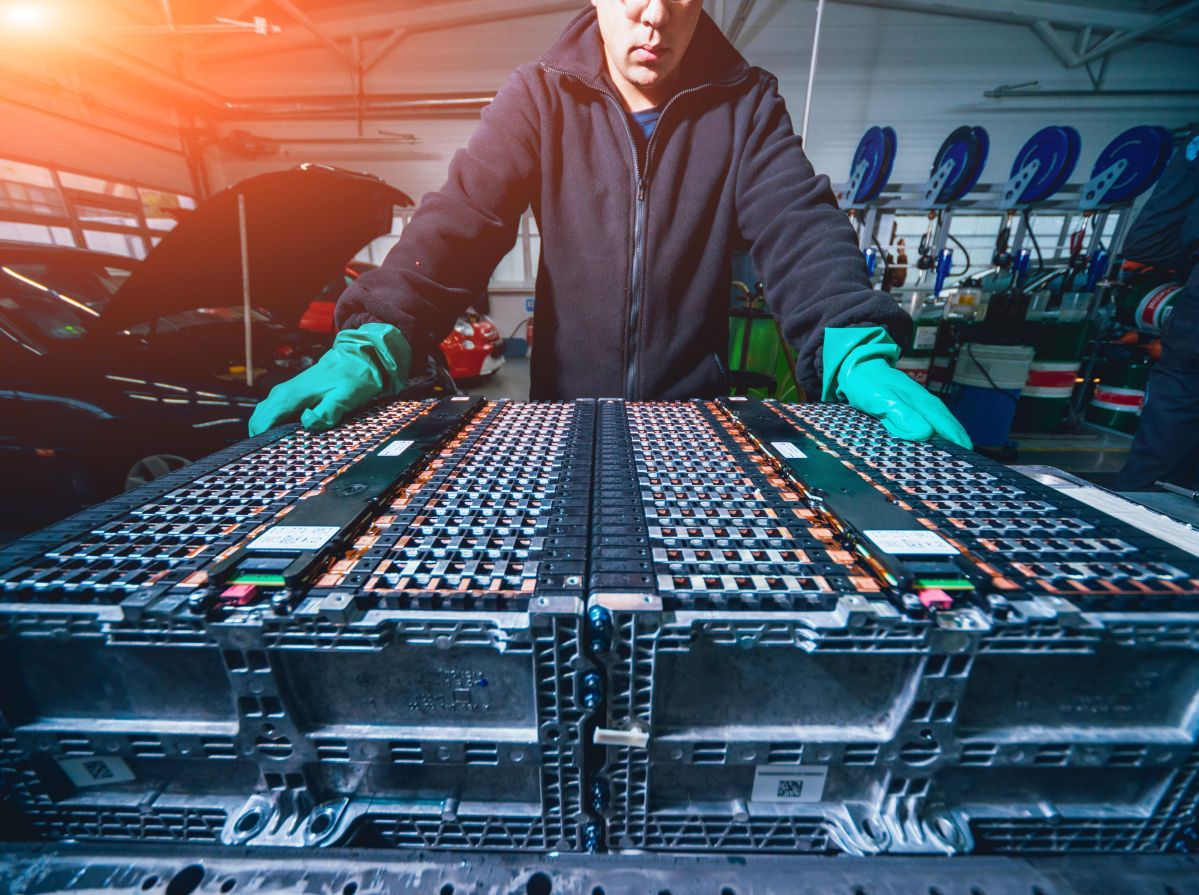The frequency of collision claims for battery electric vehicles (BEVs) rose significantly in 2024, increasing by 38% in the U.S. and 34% in Canada, according to Mitchell’s latest “Plugged-In: EV Collision Insights” report. The surge follows another record year for new electric vehicle sales, leading to the growing presence of EVs in the collision repair industry.
Mild hybrid electric vehicle (MHEV) and plug-in hybrid electric vehicle (PHEV) claims also saw notable increases, up 7% in the U.S. and 24% in Canada compared to the previous year.
“In addition to an uptick in the number of claims for repairable, collision-damaged BEVs, we also saw an uptick in the number of total losses last year,” said Ryan Mandell, Mitchell’s director of claims performance. “While not unique to BEVs, this increase in total loss frequency can be attributed to the continued overall decline in vehicle values and surge in catastrophic claims activity in the second half of 2024.”
Repair Costs and Parts Availability Impact BEV Repairs
Despite the increase in claims, the average severity of repairable BEV claims remained relatively stable. In the U.S., average severity declined slightly by 3% to $6,236, while in Canada, it increased by 2% to $7,241. For hybrid vehicles, severity costs ranged from $4,726 to $5,583 in the U.S. and $6,104 to $6,261 in Canada.
One ongoing challenge for BEV repairs is the reliance on original equipment manufacturer (OEM) parts due to the limited availability of aftermarket options. According to Mitchell’s report, 88% of parts dollars for BEV repairs were spent on OEM parts, compared to 69% for internal combustion engine (ICE) vehicles. Additionally, BEVs had a lower percentage of parts repaired (11%) compared to ICE vehicles (13%), highlighting the complexity of EV repairs.
Calibration Costs Higher for EVs
The report also found that BEVs require more calibration work following a collision, reflecting the increasing complexity of electric vehicle architectures. BEVs had the highest per-estimate average for calibrations at 1.61, compared to 1.58 for PHEVs, 1.46 for MHEVs, and 1.45 for ICE vehicles.
As the EV market expands, the collision repair industry will need to continue adapting to new technologies and repair challenges. To access the full “Plugged-In: EV Collision Insights” report, visit www.mitchell.com/plugged-in.












